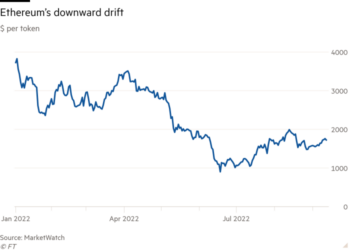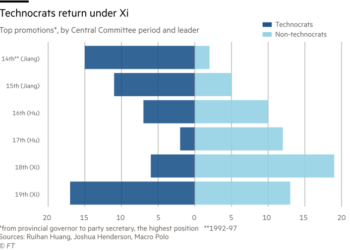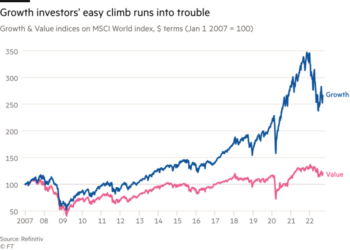There is an persistent conspiracy theory in the world of internet celebrities that claims social media platforms like to slash viewing figures to punish creators. So-called shadowbans are thought to reduce popularity by stealth. No matter how many times tech companies say they are not real, the idea persists.
Fears of shadowbans play out across every platform. In 2020, YouTube was accused of shadowbanning PewDiePie, one of its most popular creators, after users complained that they could not see his channel in search results.
In 2018, Donald Trump claimed that Twitter was shadowbanning conservative voices. He later used these claims to drum up interest in his own Twitter-like social media company, Truth Social. On the new platform, he wrote, “there will be no shadow-banning, throttling, demonetising, or messing with algorithms for political manipulation.”
Like Uber drivers and Deliveroo couriers, social media influencers are at the mercy of algorithms. This makes them perfect fodder for conspiracy theories. It also makes sense that influencers would be baffled by any sudden decrease in engagement and spooked by changes that might jeopardise the brand deals they sign.
Instead of believing that their own popularity is waning, some cling to the idea that shadowbans are a disciplinary measure that is used against creators who do not warrant an outright ban from a platform. The theory goes that because they have not violated the terms of service, the company cannot eject them. Instead it opts for a cowardly form of retribution by narrowing the audience for their content. Companies such as Instagram are blamed for deliberately tweaking their algorithms to reduce engagement.
Look online and you will find plenty of people who say they can help accounts recover from a shadowban. This, of course, is only possible if shadowbans exist. Social media companies insist they are a myth. In 2018, head of Instagram Adam Mosseri said they were “not a real thing”. Last year the company tried again, writing a lengthy blog post about the way algorithms work, in the hopes of dispelling the rumour.
If one user has engaged with another account’s videos in the past, for example, they are more likely to see new ones from the same source, it wrote. But that does not mean they are guaranteed to see every post. TikTok has also posted a detailed explanation of its video recommendations to dispel the idea of bias. No company wants to risk losing popular content creators to its rivals just because viewing numbers dip.
The reality is that social media algorithms are trying to keep users entertained. TikTok is known for its random selection of posts. The company deliberately tries not to show too many from the same creator in a short space of time. It wants to feed users the sort of content they will like without it becoming too uniform.
But it is also true that companies can intervene. There are tweaks designed to protect users from spam; others to remove harmful imagery. Some of the rules are hard to justify. A text to speech service launched by TikTok last year in collaboration with Disney could not say the word “gay”, for example. Some black creators claim their content is not promoted as widely as that of their white peers.
Trying to understand a system where the rules are opaque is difficult. There are multiple theories about the best time of day to post a video to TikTok or the optimum number of hashtags to add to an Instagram photo. But none is foolproof. Promoted content is designed to appeal to rapidly changing tastes. Even if a creator finds a subject that chimes with viewers, they risk losing engagement if they keep posting the same sort of thing too often.
The added frustration for creators is finding someone to complain to. Like most big tech companies, social media platforms such as Instagram and TikTok do not employ many people compared to their user tally. Instagram is owned by Facebook parent Meta, which had 71,970 full-time employees at the end of last year and 3.59bn people using at least one of its products each month. That’s about one employee for every 50,000 users.
Unfortunately for creators who make social media their business, the most likely explanation for a drop in views is that whatever they are uploading is not striking a chord with viewers. The audience is growing bored and clicking away.
If you make a living by grabbing attention, and the mode of getting that attention depends on third-party platforms, then the risks are difficult to quantify. No amount of blogs about algorithms can change that reality.











